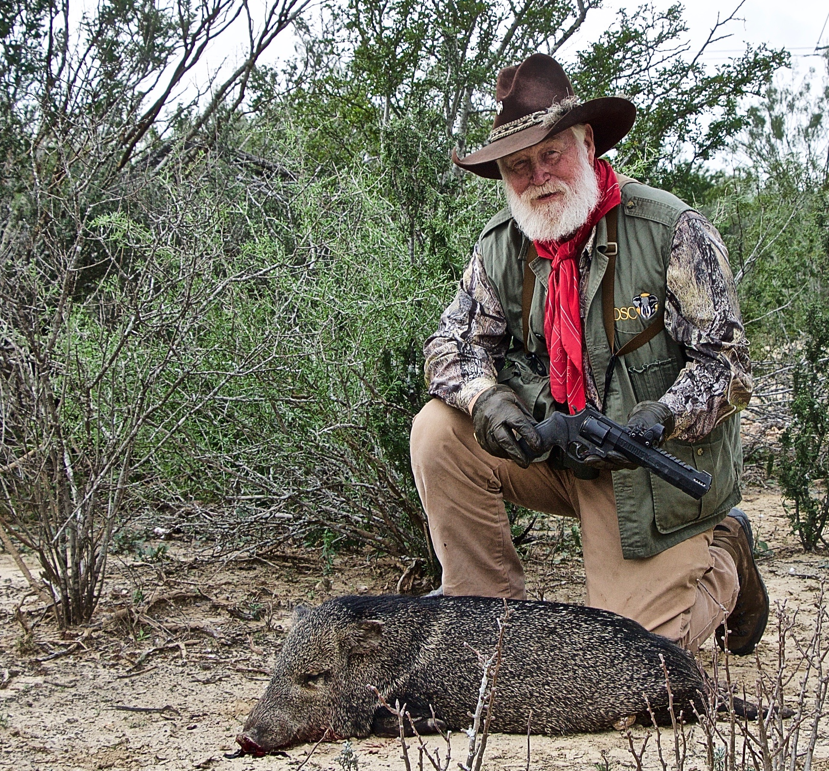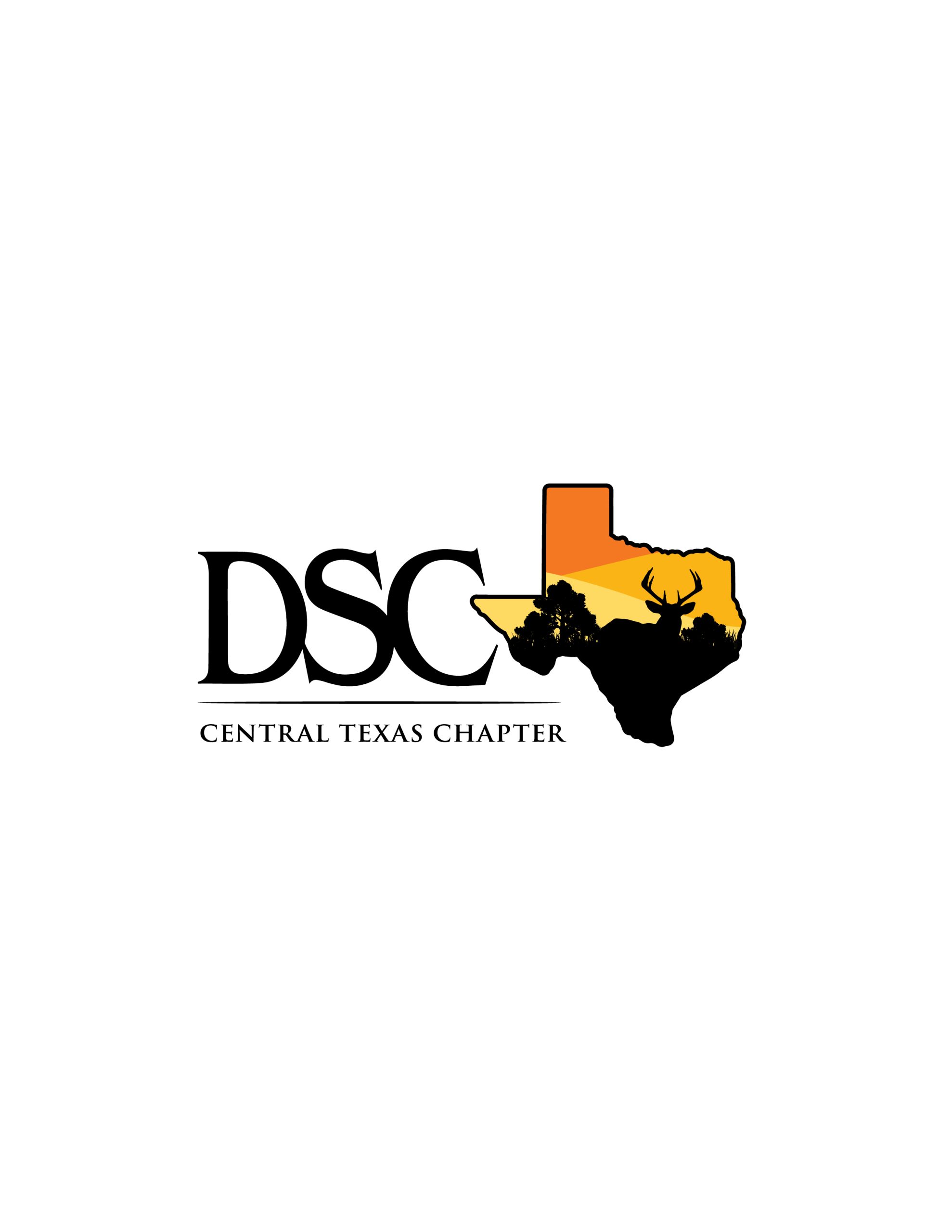By David Price
I was sitting by the fireplace on a snowy Saturday morning reading the newspaper and watching ESPN’s “Celebrity Outdoors” TV show. The program featured Dickie Betts of the Allman Brothers Band bow hunting for moose with Horace Lane’s RiverRun Outfitting and Tours in Lewisporte, Newfoundland. I was intrigued – I’d never hunted moose in Canada which was on my ‘to do’ list, and I’d spent a fair amount of time transiting through Newfoundland as a US Air Force pilot deploying to and from Europe and the Middle East. I loved the island, its people and culture and I wanted to go back for a visit. The show featured Betts guided by Horace Lane, and Betts wound up taking a great bull moose with his long bow. At the end of the show I scribbled down Lane’s address and wrote him a letter inquiring about available hunts.
Several weeks later I got a letter from Lane inviting me to hunt moose in Newfoundland in October. I read all of the material I could find on Newfoundland and on moose hunting in the province. I had hunted moose while stationed with the Air Force in Alaska, but my Alaskan hunt was a brief affair – I took a 2.5 year old bull with small antlers, but I was looking for a large, mature bull in Newfoundland.
Moose were introduced to Newfoundland early in the 20th century, and from a small initial stocking they flourished in the bogs and woodlands of the island. Lane had a large hunting area south of Gander and Lewisporte where the terrain varied from swampy bogs to rolling hills and mountainous terrain surrounding Mt. Peyton. Our objective for the week was to “push the bush” as the Newfies say and cover as much ground as possible through rough, wet terrain. The rut can make the bulls less wary – sometimes even foolhardy – which can present shot opportunities at any time. I was scheduled to hunt the rut and with a little luck I hoped to find a mature bull.
I arrived in Gander on a beautiful fall day and got settled into Lane’s Bear’s Den Lodge. We checked our weapons and took a long walk around the beaver pond in front of the lodge – it was 80 degrees and much too warm for moose to be very active. If the weather didn’t cool off it would be a long week of pushing the bush. We checked the long range weather forecast which called for rain and lower temperatures with a few snow flurries by the week’s end. Horace introduced us to our guides and I was teamed up with a tall, rangy woodsman named Mike O’Connell who’d been a logger and trapper before coming to work for RiverRun. As we sized each other up Mike looked over at me and said rapidly, “Hey boy! Ya wanna go hunt eh?” I said, “Mike, do you hear how slow I’m talking? That’s also how fast I listen!” He said, “That’s OK mate…I can’t understand you either!” Such was my introduction to Newfie slang. Mike outlined our hunting plan for the week and I imagined that it would be a real test of endurance to keep up with him during the week.
The next morning dawned rainy and cold and we got under way well before first light. After a long ride in Mike’s truck we dismounted and saddled up on ATVs for a 10 mile ride down an obscure logging road. When the road ran out we got off and went the rest of the way on foot. I tucked in trail behind my guide as we followed game trails into the swamp. Within 10 minutes Mike was bent over the trail looking intently at a muddy puddle of water. He said, “Moose tracks – a bull and a cow.” Five minutes later he pointed at a stand of trees and said, “Moose! You wanna shoot that one, eh?” I didn’t see the moose until he and the cow walked off through the trees. That pattern repeated itself for the next hour and four more moose sightings – all of the bulls were immature youngsters and Mike and I were looking for a larger, mature bull.
Five minutes later Mike froze in his tracks pointing at a very large moose print in the muddy bog. He said, “Now that’s a big moose, mate! Let’s follow the tracks and see where he is.” Ten minutes of walking on the trampoline-like tundra brought us to a small clearing below a tree covered hill. We both saw the moose at the same time as he finished up servicing the cow that accompanied him. He stood facing us and Mike told me to step up to a dead fall tree in front of us and prepare to shoot as soon as the bull showed us his shoulder. When I stepped forward the tundra gave way and I splashed into waist deep water. Fortunately, I came to rest across the log in perfect shooting position. The bull reacted to my splashing plunge and turned showing me his right front shoulder. If I was careful I could slip a bullet in front of his shoulder and take out both lungs, but I didn’t have much time so I squeezed the trigger. When I got the rifle controlled after the recoil both moose were gone. I extracted myself from the muddy bog and made my way to the hill where the bull once stood. We saw a spruce tree shaking 40 yards away and saw our moose leaning against the trunk. He was dead by the time we got to him!
When we walked up to the moose I couldn’t believe how big he was. His antlers measured 42 inches and he was seven feet tall at the shoulder which was small by Alaskan moose standards, but he was the largest animal I’d ever shot. We congratulated each other, took trophy photos and spent the rest of the day skinning, quartering, boning and packing the meat and antlers out to the road. We arrived at the lodge well after dark looking like two exhausted kids who’d been in a mud fight. After supper I turned in and slept like a rock until breakfast the next morning. My first Canadian moose hunt was in the books and I hoped it wouldn’t be my last. I spent the rest of the week doing chores around the lodge and fly fishing for brook trout in the beaver pond until it was time to return to the United States.
Horace Lane ran a great hunting camp. He and his head guide, Gonzo Gillingham, built the Bear’s Den Lodge on the shore of a larger beaver pond. The lodge was spacious, warm and comfortable with all of the necessary amenities to support hunters. On my first visit, he hired a chef from St. John, Newfoundland to prepare our meals and his guides were all experienced hunters and terrific woodsmen who took care of their hunters and put them on game. I was inspired to hunt in Newfoundland by watching Dickie Betts harvest a huge bull on camera for ESPN – it took Betts a week to harvest his bull. I was proud and humble to have killed my first trophy bull moose on the first day of my hunt, but I had a lot of help!
I didn’t know it at the time, but my moose hunt in October 1994 was the first leg of my quest to complete the Newfie slam – taking a moose, woodland caribou and black bear. It would take me seven years and three more trips to Newfoundland to finish the job…but that’s another story or two!
This is just part one of David’s “Newfie Slam.” Please come back for parts two and three soon!



